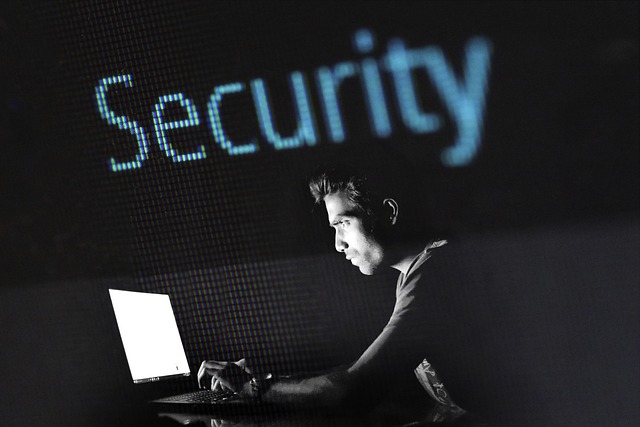The digital landscape has evolved significantly over the last decade, bringing with it unparalleled convenience and connectivity. However, this surge in technology has also led to a rise in cyber threats that can compromise our data and privacy. Understanding how to navigate these threats is crucial for anyone who wishes to safeguard their personal and sensitive information.
As we delve into the nuances of technology etiquette, it becomes clear that our online behavior directly impacts our security. Our social interactions have adapted to include a virtual dimension, urging us to reflect on how we share information and engage with others. For instance, oversharing on social media can provide cybercriminals with the data they need to launch targeted attacks. Being mindful of what we post and who we connect with online is a significant step in mitigating potential cyber threats.
Moreover, embracing social trends can bolster our defense mechanisms. As more people become aware of cybersecurity and data protection, there’s a shift towards collective vigilance. Communities are becoming empowered through knowledge sharing and education about cyber threats. Participating in workshops or online seminars offered by reputable organizations can enhance our understanding of cyber hygiene and best safety practices. Looking out for one another can form a robust defense against the growing wave of cyber threats that lurk in every corner of the internet.
Adopting strong password practices is another vital aspect of technology etiquette. It’s no longer enough to create simple passwords; we must strive to use complex combinations and enable two-factor authentication wherever possible. This small act can deter potential intruders significantly. Additionally, regularly updating our software and applications helps shield us from vulnerabilities that cyber threats often exploit.
As social trends continue to evolve, so too do the tactics employed by cybercriminals. Cyber threats are becoming more sophisticated and pervasive, targeting both individuals and organizations with alarming frequency. Therefore, understanding the landscape of common cyber attacks, such as phishing, ransomware, and identity theft, is essential. Equip yourself with the knowledge to recognize these threats and take immediate action if targeted.
In this age of digital communication, having an understanding of security protocols is part of good technology etiquette. Whether it’s using secure Wi-Fi networks, implementing data encryption, or understanding the nuances of privacy settings in applications, our awareness is a significant line of defense. Engaging in conversations with friends and family about their online habits can also promote a culture of mindfulness regarding technology use.
Ultimately, navigating cyber threats requires a blend of vigilance, awareness, and adherence to the evolving norms of technology etiquette. As we embrace the conveniences that technology offers, we must also acknowledge our responsibilities to protect ourselves and others from the inherent risks. By fostering a culture of data protection that aligns with contemporary social trends and etiquette, we can turn the tide against cyber threats and prioritize our digital safety.




